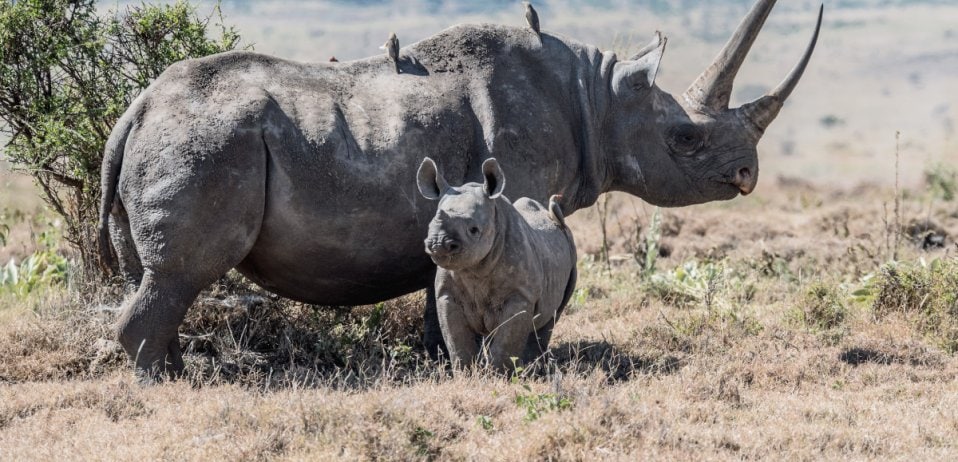Are you looking to capture the beauty of South Africa’s wild animals on your next safari? Then look no further. This guide will show you 10 of the most popular animals to spot on a safari, along with expert tips.

From lions and leopards to elephants and wildebeest, learn about each animal’s behavior so you can take beautiful photos that will last a lifetime.
An introduction to photographing South Africa’s Wildlife
South Africa is a wildlife photographer’s paradise. From the “Big Five” (lions, leopards, elephants, rhinos, and buffalos) to the colorful birds and reptiles, the country boasts an impressive range of wildlife species.

Photographers can also marvel at the incredible landscapes that serve as the backdrops for these magnificent creatures. Whether you’re a seasoned professional or an amateur adventurer, photographing South Africa’s wildlife will surely leave you with unforgettable images and experiences. With the right preparation and guidance, you can capture the beauty and essence of this incredible destination.
Lions
Lions are majestic creatures and capturing them on camera can be a thrilling experience. When photographing lions, it’s crucial to keep a safe distance and never provoke them.

Pay attention to lighting and composition, as this can make or break your lion photos. Experiment with different angles and try to capture their natural behavior, whether they’re lounging in the sun or hunting for prey.
Leopards
To capture these magnificent predators in your photographs, there are a few tips that can make a big difference. First, consider the lighting – early morning and late afternoon light can give your pictures a warm and dramatic feel.

Additionally, try to focus on the leopard’s eyes and face to capture their intense gaze. Another tip is to use a fast shutter speed to freeze the leopard’s movements and showcase their power and grace.
Wildebeest
Wildebeest are a popular subject for wildlife photographers. First and foremost, be patient and observant – take your time to watch their movements and behavior to anticipate the perfect shot. Secondly, consider the lighting – early morning and late afternoon provide the best natural lighting for photography.

Lastly, try to get down to the same level as the wildebeest for a more intimate and dramatic perspective on their journey.
Elephants
Elephants have a calm and deliberate energy, and taking the time to watch and understand their movements can lead to beautiful, natural shots.

They’re definitely one of the highlights of a safari. When framing your photos, consider the size and scale of the elephants – capturing them in their vast, natural environment can add depth and perspective to your shots.
Rhinos
Rhinos are fascinating creatures that have been capturing the imagination of wildlife photographers for decades. The key to successfully photographing rhinos is to be patient and observant.

Utilize the natural light to your advantage, and experiment with different angles for unique and striking shots.
Giraffes
Giraffes are one of the most majestic animals in South Africa. However, capturing a great photo of a giraffe can be a challenge.

You’ll want to consider the lighting and background of your shot, as well as the angle and composition of the image.
Zebras
Zebras are fascinating animals to photograph, with their striking stripes and graceful movements.

Make sure to focus on the zebra’s eyes – they’re the most expressive part of their face. Secondly, try framing them in interesting ways by using the surrounding environment or other animals in the scene. Experiment with different lighting conditions to create dramatic effects.
Cheetahs
Cheetahs are magnificent creatures that roam the African savannah with unparalleled speed and grace. Photographing these elusive cats can be a challenging yet rewarding experience for photographers.

You’ll want to be patient and observe their movements before attempting a shot. It’s also essential to use a fast camera shutter to capture their lightning-fast movements.
Wild Dogs
These dogs are social animals that travel and hunt together in large packs. Capturing the perfect shot of these animals can be quite challenging, but also very rewarding.

Use a zoom lens with a focal length of at least 300mm, so that you can capture your subjects from a safe distance. You should be prepared to move quickly, as wild dogs are known to be very agile.
Hippos
Photographing a hippopotamus is a thrilling experience that requires skill and patience. These massive creatures can be quite unpredictable, so it’s important to keep a safe distance while still capturing their impressive size and power.

Look for interesting angles and perspectives, such as a close-up of their snouts or a shot from a low angle to emphasize their height. Keep in mind the lighting conditions – early morning or late afternoon can provide a warm, golden light that creates a dramatic effect.
Author: Chrizaan Troch
Published:
Last Update:
Part of the South Africa Safari Collection